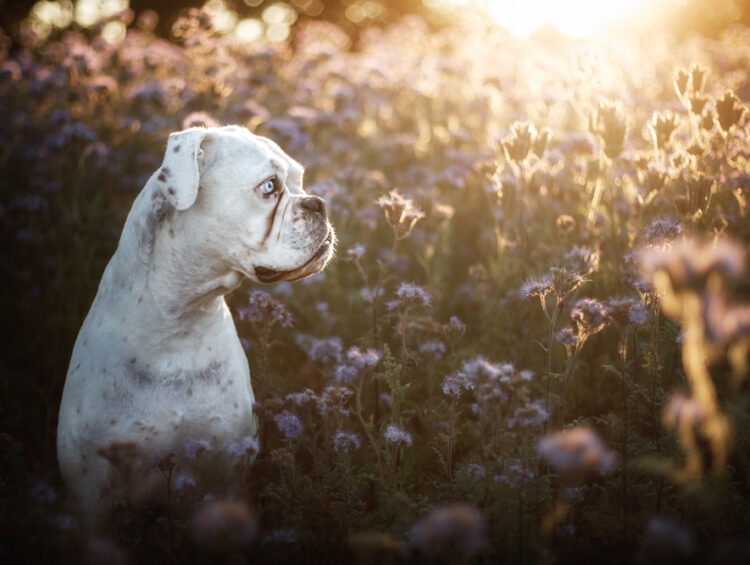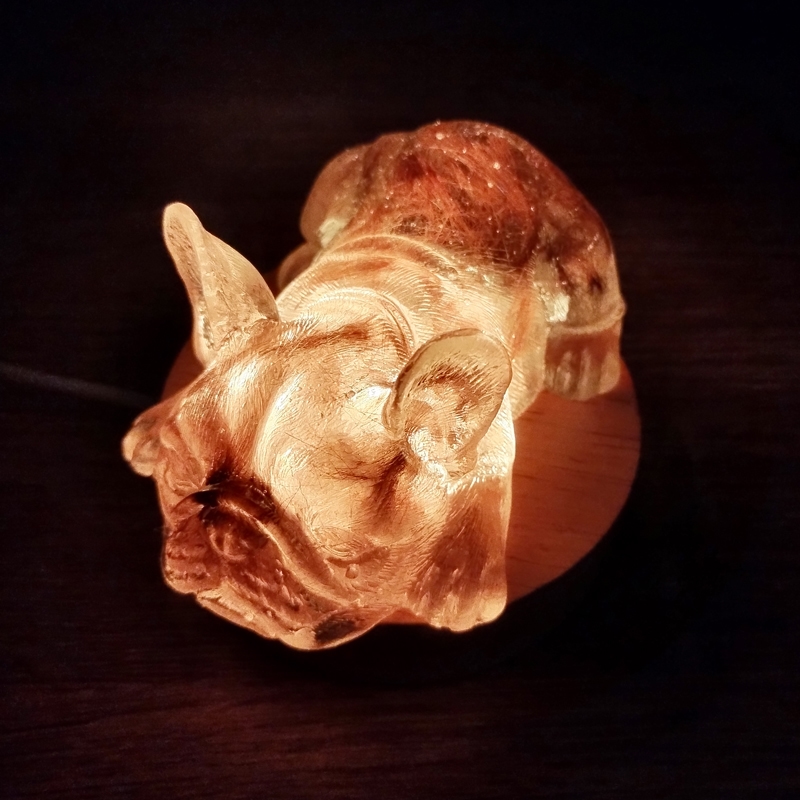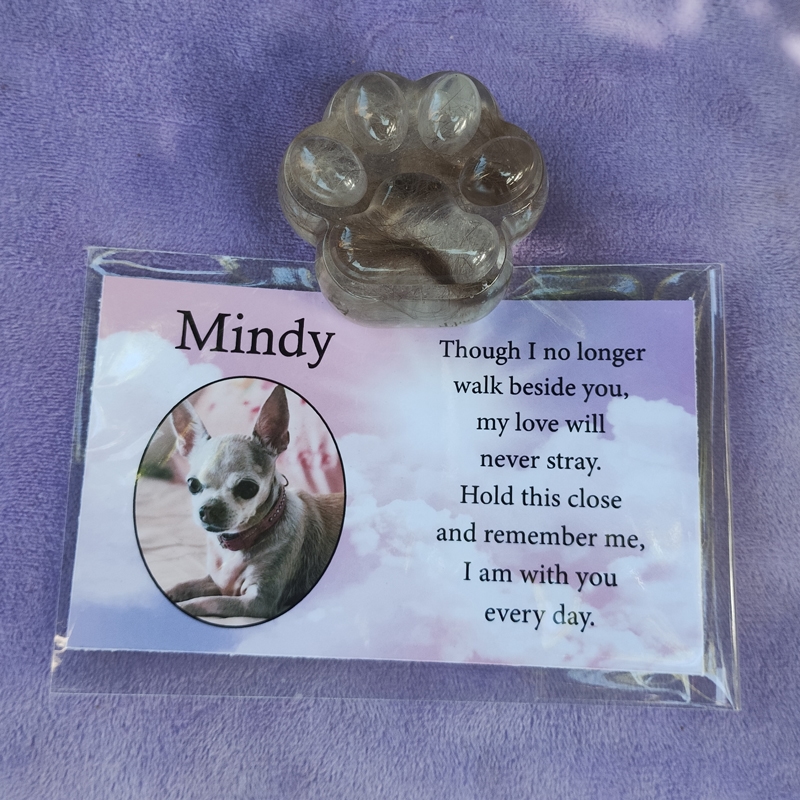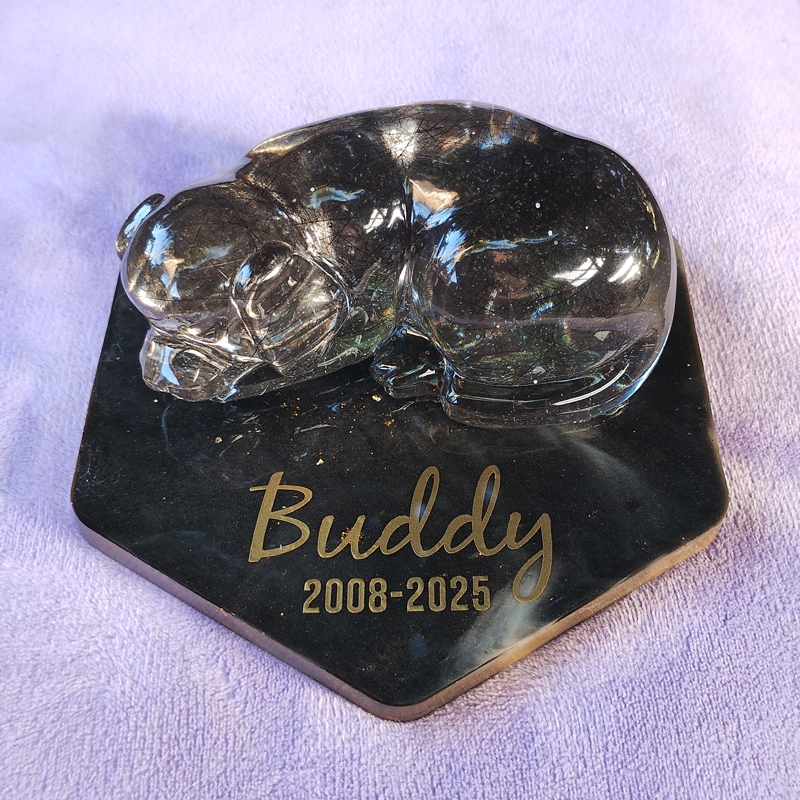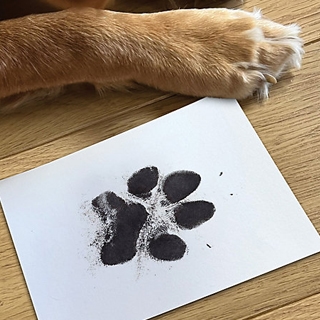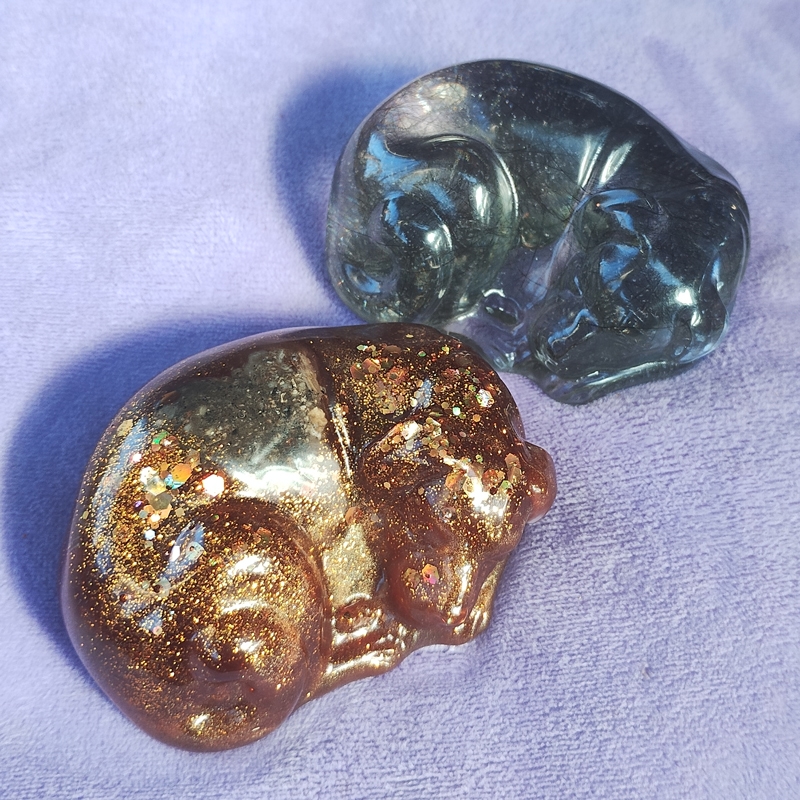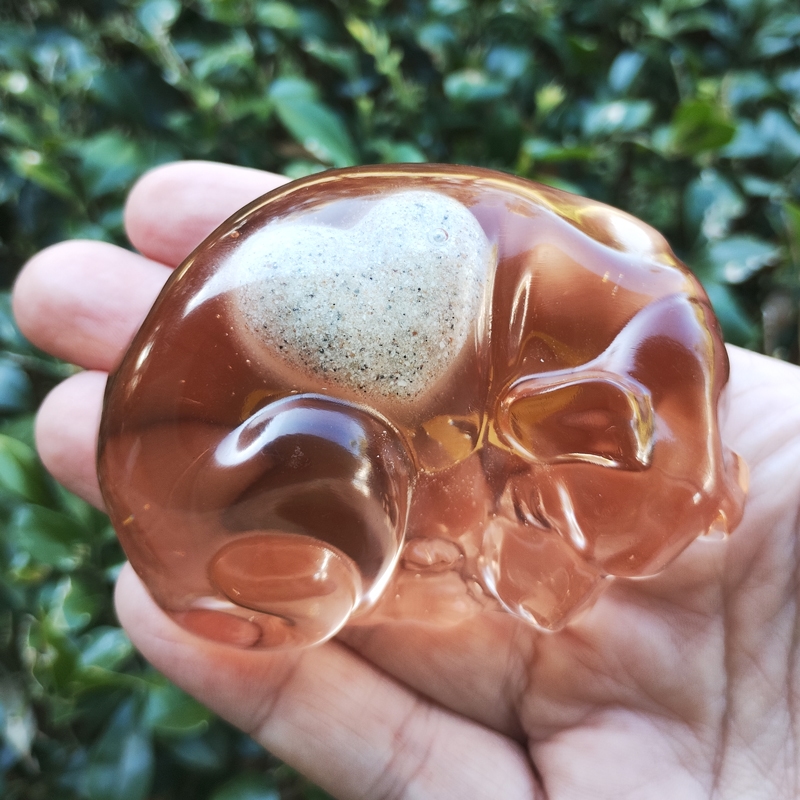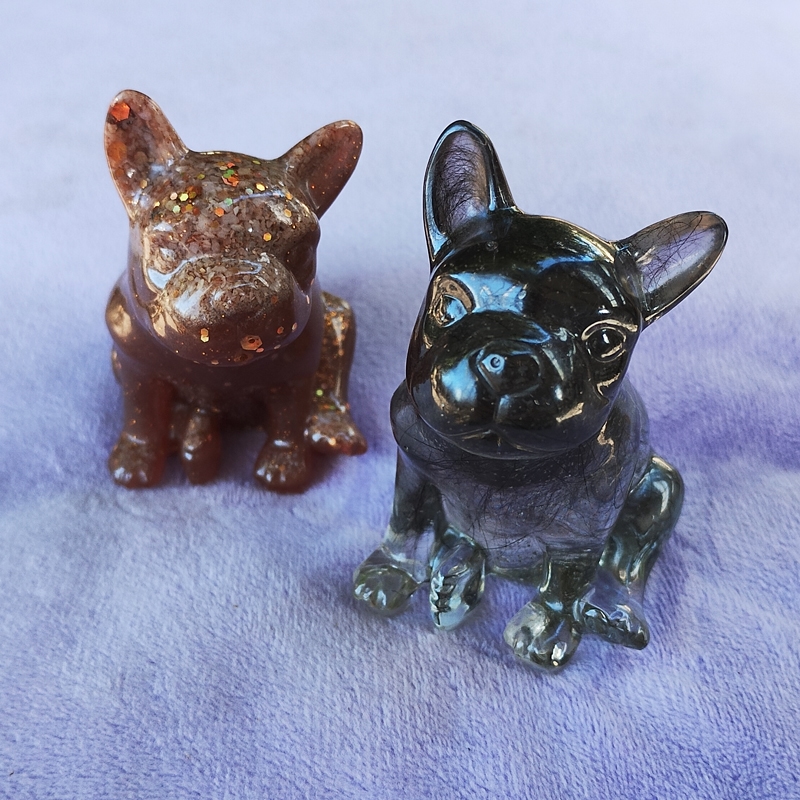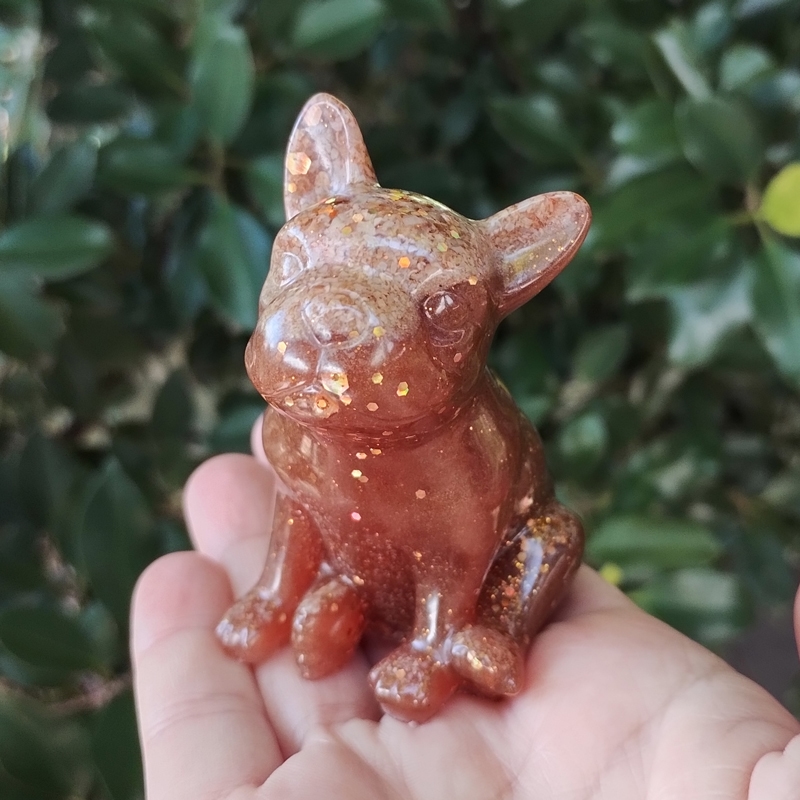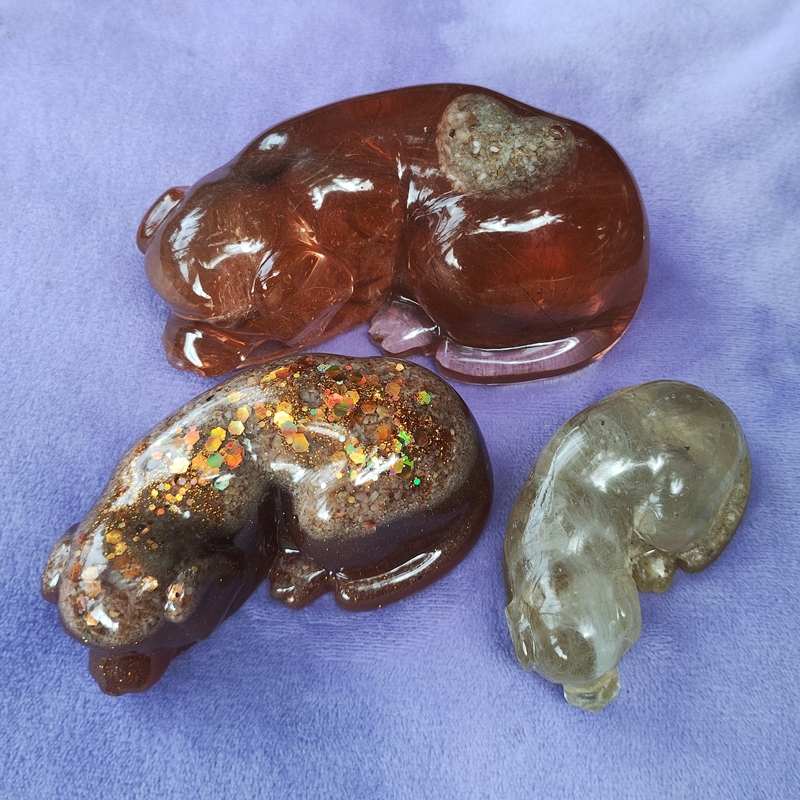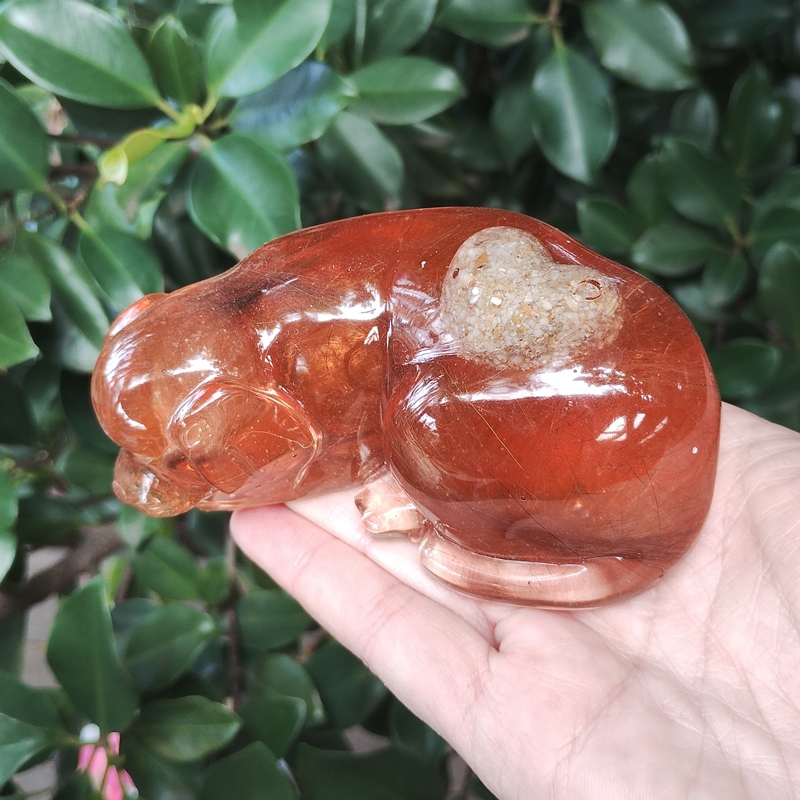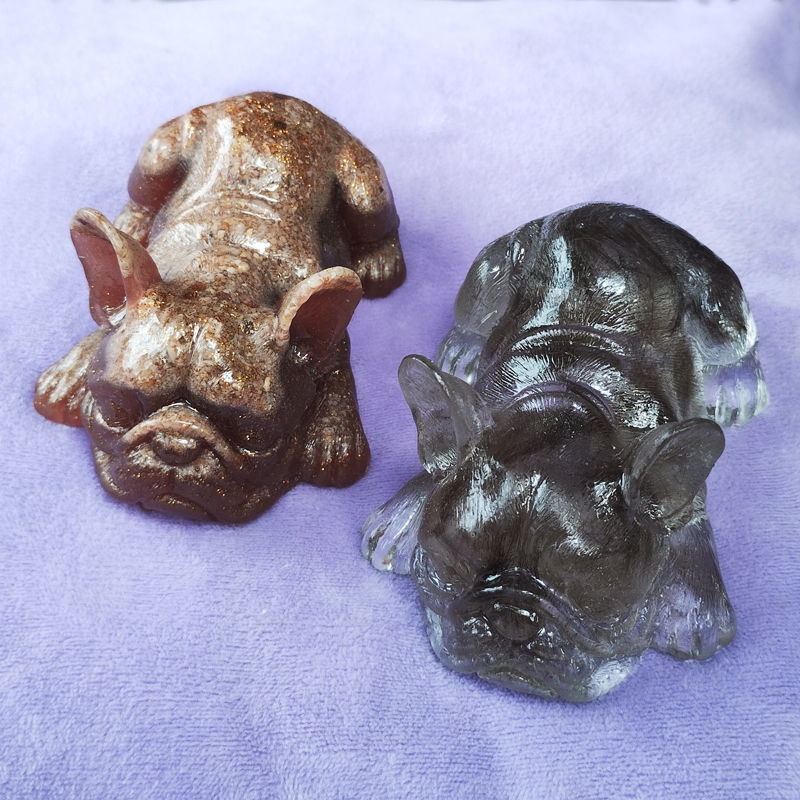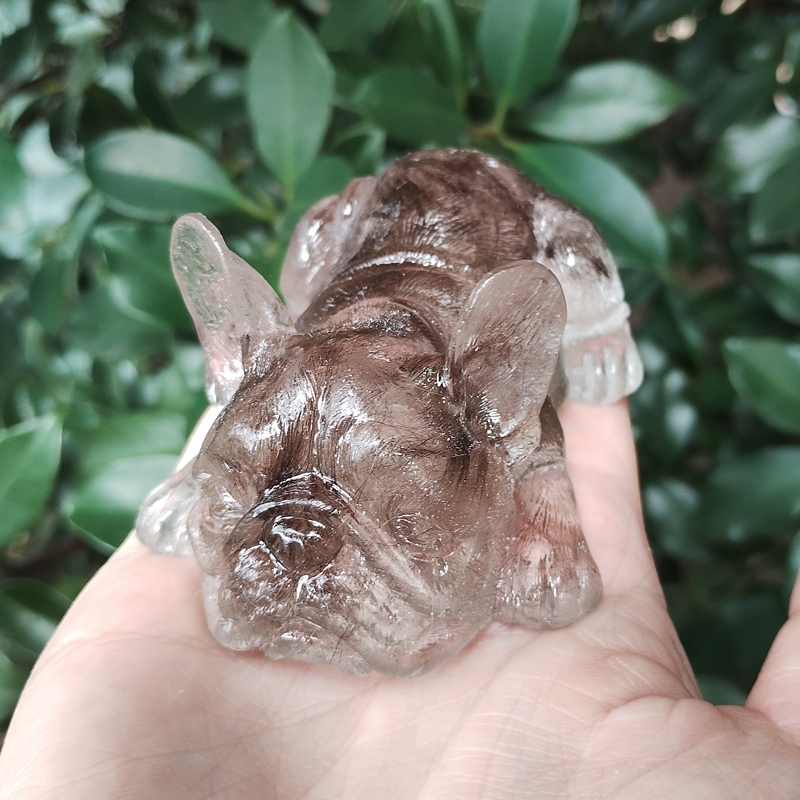When you share your life with a beloved companion, the dog who greets you at the door, the cat who curls up beside you, or the rabbit who nudges your hand for attention, the thought of their passing is one of the hardest things to face. Yet taking time to plan ahead can bring comfort and clarity when the moment comes, easing the panic and allowing you to focus on saying goodbye with love and dignity.
In this post, we’ll explore why it’s okay to think about your pet’s end of life before it happens, and how gentle preparation can help both you and your pet. You’ll find guidance on recognising when the time may be near, what to do when your pet passes, and meaningful ways to honour their memory. I’ve also included information on grief support in Australia, as well as keepsake ideas such as paw prints and fur collections for memorial pieces.
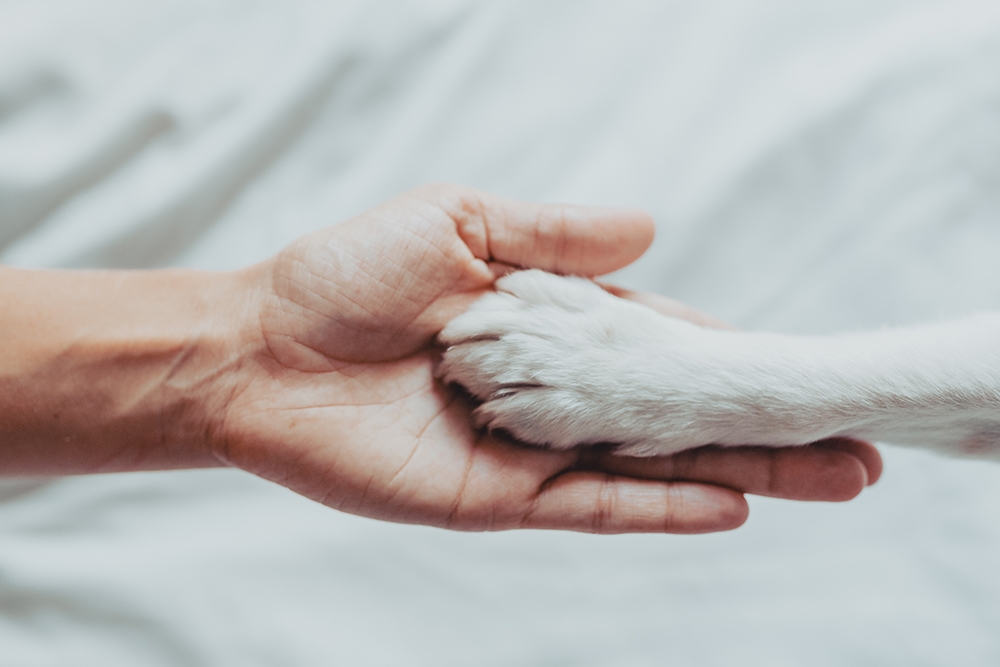
Why it is okay and helpful to pre plan
When your pet is healthy, it can feel strange and uncomfortable to think about their passing. But being prepared is compassionate for both you and your pet.
Planning ahead gives you a sense of control during a deeply emotional time. You can decide what you hope will happen, such as home euthanasia, vet clinic, cremation, or burial. This reduces stress later when decisions feel overwhelming. Services such as Rest Your Paws recommend discussing these topics early.
Planning in advance for your pets passing allows you to honour your pet’s life by choosing how to remember them rather than making rushed decisions. You can plan a memorial, decide on keepsakes, and ensure that everything reflects your love and gratitude.
Planning also helps your family, including children, to have clarity and comfort. Conversations about what will happen can make the transition more peaceful.
Planning also acknowledges that grief for pets is real. The bond between humans and animals is deep, and recognising that allows you to process your emotions more gently. Griefline offers excellent support resources for this.
When you have made decisions in advance, you are also less likely to feel guilt later, because you acted in line with your values and your pet’s best interests.
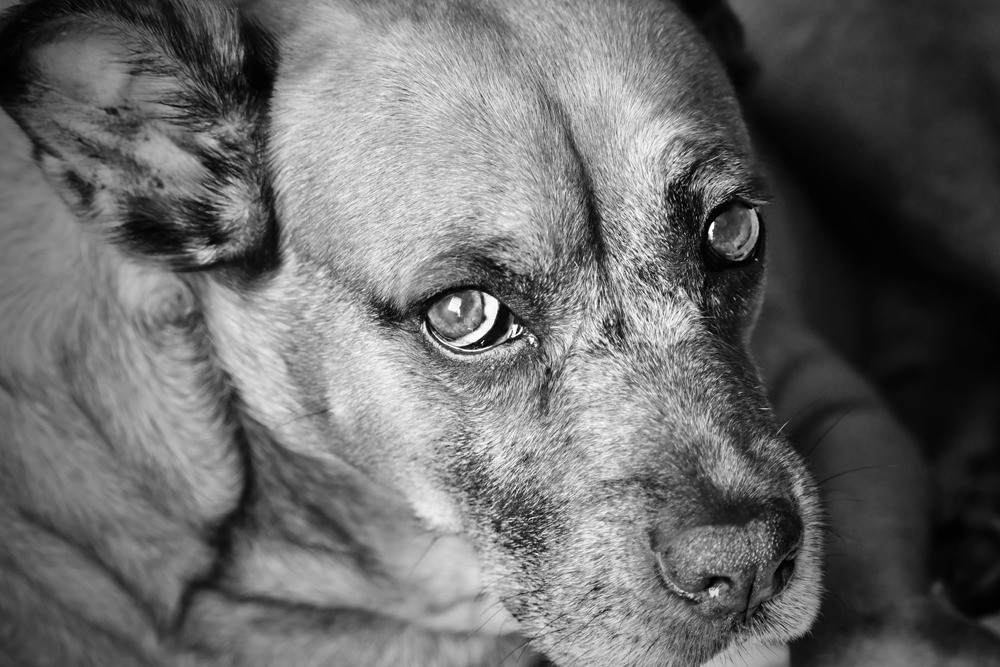
How to pre plan
There are several things to think about when preparing for your pet’s passing. Some are practical, while others are emotional or memorial in nature.
1. Quality of life discussions
If your pet is ageing or living with a chronic illness, it’s important to talk with your vet about their quality of life. This includes looking at key indicators such as mobility, appetite, comfort, and interest in daily activities.
Quality of life is about your pet’s overall wellbeing, how comfortable, content, and free from pain they are each day. Consider whether they can still enjoy the things they once loved, like eating, moving around easily, spending time with you, and resting peacefully. When illness, pain, or age begin to take away these simple joys, it may be time to think about how best to support their comfort and dignity. Having these discussions with your vet can help you understand when gentle intervention may be the kindest choice.
2. Preferred mode of passing
Think about where you would feel most comfortable saying goodbye to your pet, whether that’s in the familiarity of home or at your trusted veterinary clinic. It’s also important to discuss euthanasia with your vet and under what circumstances it might be the kindest choice.
Although the word euthanasia can sound confronting, its meaning is deeply compassionate. Derived from the Greek words eu (good) and thanatos (death), it translates to “a good death.” Euthanasia is a gentle, humane way to prevent ongoing pain and suffering when a pet’s quality of life has declined, allowing them to pass peacefully, surrounded by care and love.
Once you’ve had time to reflect, you may wish to talk through your preferences with your vet ahead of time. This can help ensure your pet’s final moments are handled with the care and dignity they deserve.
3. After care choices
Think about what type of after care feels right for you.
- Cremation or burial
- Returning ashes, scattering them in a special place, or interring them in a pet cemetery
- Private or communal cremation
- Memorial location, such as a shelf, garden stone, urn, resin statue, or paw print
- Budgeting for costs associated with euthanasia, pickup, cremation, urn, or memorials
See RSPCA Pet Insurance for an overview of pet after care options in Australia.
4. Legal and administrative steps
It is helpful to know in advance what you will need to do legally.
- Notify your local council of your pet’s death if they were registered or microchipped. In NSW, for example, you must do this within 28 days.
- Update the microchip register to remove your pet’s details.
- Check your tenancy or strata rules before burial if you rent or live in a shared property.
- Discuss with your family who will handle practical arrangements such as transport, contacting the vet, and supporting children.
5. Memorial planning
Think about how you would like to remember your pet.
- Decide whether you want paw prints, fur collection, memorial resin statues, or other keepsakes.
- Choose a memorial option such as a photo frame, plaque, or garden marker.
- Consider ways to mark anniversaries, such as planting a tree or holding a small remembrance.
- Include children by letting them participate in choosing photos or decorations.
6. Emotional preparation
Have open conversations with family and friends about how you feel and what you want. You might write a letter to your pet expressing love and gratitude. Identify a trusted person or counsellor to reach out to when you need support.
Signs that the time may be near
Some signs that your pet may be nearing the end of life include:
- Difficulty walking, standing, or moving around
- Loss of appetite or interest in food and water
- Withdrawing from social interaction
- Weight loss or weakness
- Trouble breathing or getting comfortable
- Persistent pain despite medication
- Frequent illness or hospital visits
- Incontinence or inability to groom
- A noticeable loss of joy in daily life
When these signs appear, speak to your vet about your pet’s quality of life and what the next steps might be.
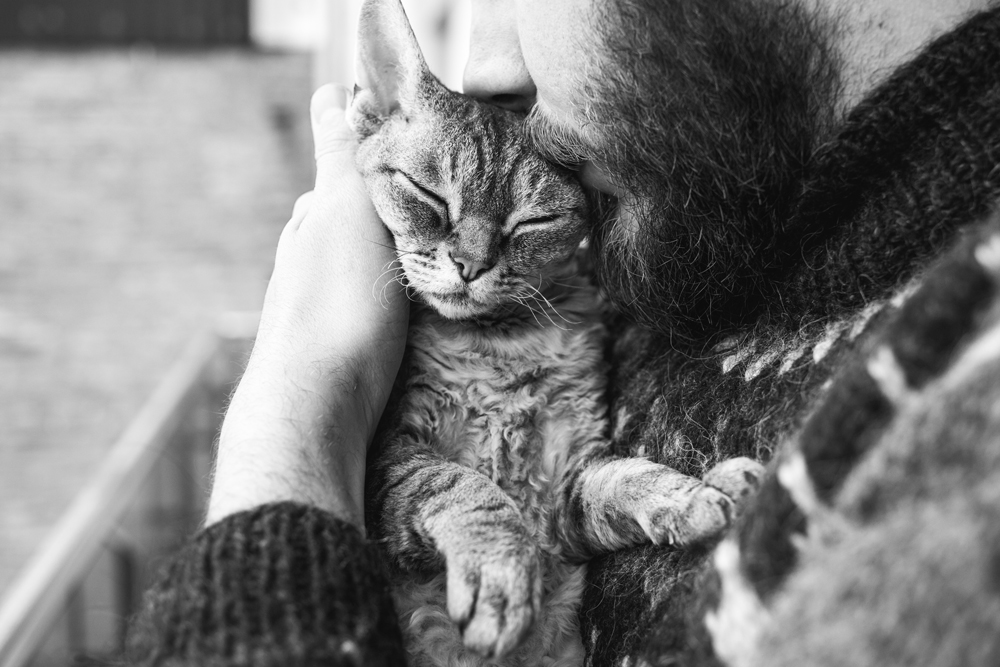
What to do when your pet passes
Whether your pet passes naturally or through euthanasia, there are several important steps to take.
Immediately after passing
Allow yourself time to sit with your pet and say goodbye. Many people find it comforting to hold or speak to their pet during this time.
If your pet passes at home, wrap them gently in a towel or blanket and keep them in a cool, dry place until you can contact your vet or a cremation service.
Contact your vet or an after care service such as RSPCA Pets at Rest for guidance and collection.
After care and memorial decisions
Decide whether you would like ashes returned and choose the type of urn or memorial.
If you are collecting fur or paw prints for memorial items such as resin statues, do so before cremation. Many services can assist with this if you ask in advance.
If you choose burial, check your local council’s rules, as not all areas permit it.
Notify your local council and update your pet’s microchip record.
Be mindful that other pets in your home may also grieve. Keep their routine consistent and give them extra affection during this difficult time.
Create a personal ritual to help with closure. You might light a candle, display a photo, or take a walk to a place your pet loved.
Grief and loss
The grief of losing a pet is genuine and can be just as painful as losing a human loved one. Recognising that is an important step toward healing.
Grief can manifest in many ways. Emotionally, you may feel sadness, anger, or guilt. Physically, you might feel tired, have changes in appetite, or struggle to sleep. Socially, you might withdraw from others. All of this is normal.
If you need support, reach out to one of the following Australian services:
- Pets and People : Pet Loss Support Line 1300 431 450
- Rest Your Paws : grief counselling via phone or video.
- Grief Australia : Companion animal loss and grief support services.
- Companion Animal Network : Learning to cope with grief after losing a pet.
- Griefline : Free phone and online support.
- Forever In My Heart Pet Loss Counselling : Professional grief counselling.
If you have children, use clear language and avoid saying things like “put to sleep”, which can confuse them. Encourage them to talk or create drawings and keepsakes.
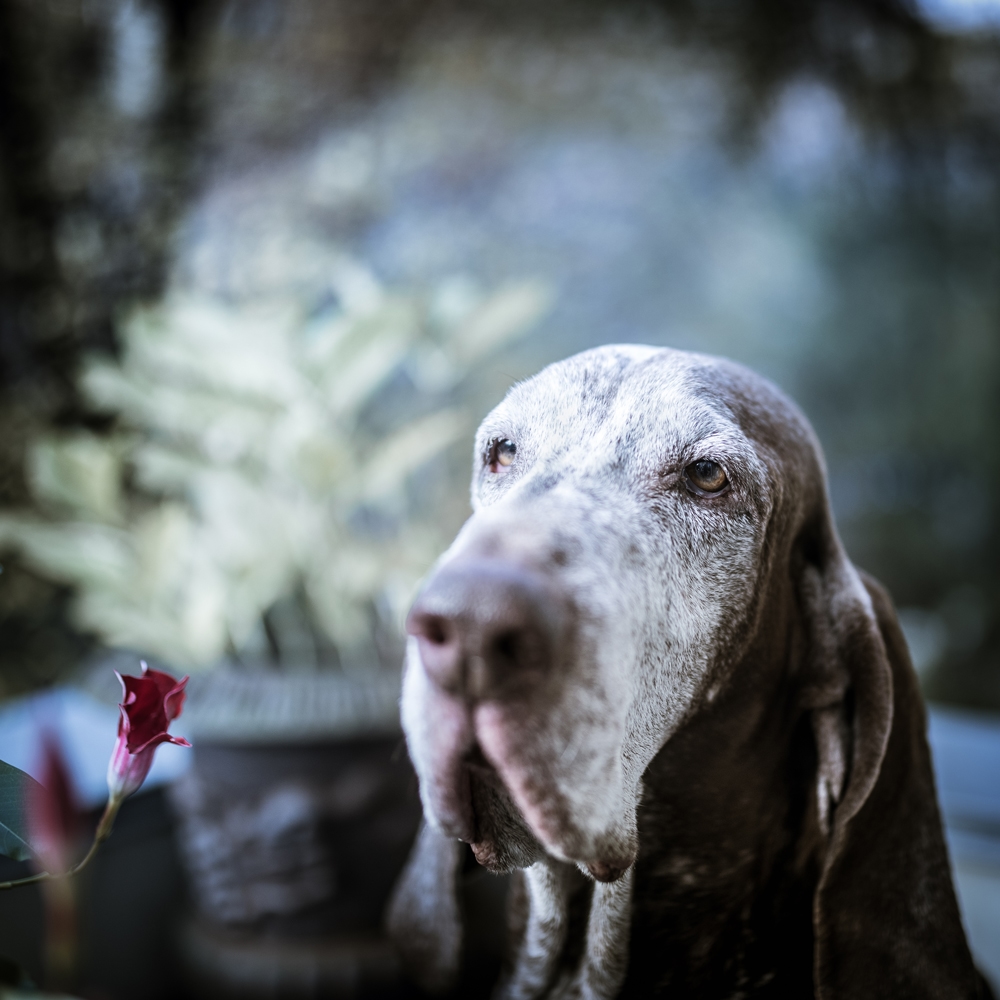
Memorial and coping ideas
- Create a memory box with photos, a collar, toy, or tuft of fur
- Write a letter to your pet
- Plant a tree or flower in their honour
- Commission a resin statue that includes their fur or ashes
- Light a candle on special dates
- Volunteer or donate to an animal charity in your pet’s name
Healing takes time. Allow yourself to grieve and remember that love and loss are two sides of the same experience.
Incorporating paw prints, fur and resin statues
If you would like to create a resin statue containing your pet’s fur, collect a small amount of clean, dry fur before cremation and store it in a sealed bag. Label it with your pet’s name.
You can also take paw prints using ink or a mess free kit before cremation. These can be framed, displayed, or included with your resin memorial.
Paw and nose imprints can also be created using clay.
Pre planning this step ensures you can make thoughtful choices without feeling rushed during an emotional time.
Summary
Losing a pet is one of life’s hardest experiences. Planning ahead brings peace, clarity, and the chance to honour your pet in a meaningful way.
Talk to your vet about quality of life, decide on after care and memorial options, and know the legal steps such as notifying your local council. When the time comes, allow yourself to grieve, seek support, and create a lasting tribute such as paw prints, fur keepsakes, or resin statues.
Your love for your pet will always remain, and planning ahead helps ensure their final chapter is filled with dignity, compassion, and care.
Take a look
Our range of pet memorial statues and keepsakes.
References
- Purple Tree Pets – Memorial & Keepsakes https://purpletreepets.com.au/pet-memorial-keepsakes/
- Rest Your Paws, “Pet Loss and Grief Counselling,” https://restyourpaws.com.au
- Griefline, “Losing a Pet,” https://griefline.org.au
- Pets and People, “Pet Loss Support,” https://petsandpeople.com.au
- RSPCA Pet Insurance, “Laying Your Pet to Rest,” https://www.rspcapetinsurance.org.au
- RSPCA Pets at Rest, “What to Do When Your Pet Passes at Home,” https://rspcapetsatrest.com.au
- Pet Memorial Australia, “What to Do When Your Dog Dies at Home,” https://petmemorialaustralia.com.au
- Goodbye Good Boy, “What to Do When a Pet Dies,” https://goodbyegoodboy.com.au
- City of Sydney Council, “Deceased Pets Notification Form,” https://www.cityofsydney.nsw.gov.au
- MidCoast Council, “Notification of Deceased Animal Form,” https://www.midcoast.nsw.gov.au
- Forever In My Heart Pet Loss Counselling, https://www.foreverinmyheartpetlosscounselling.com.au

